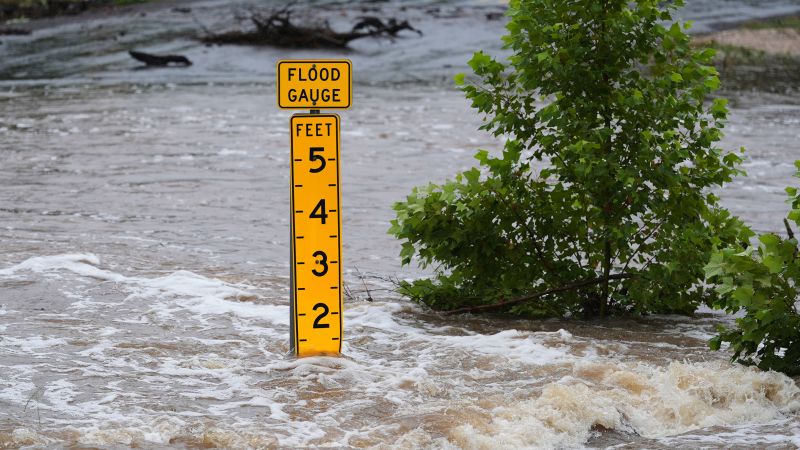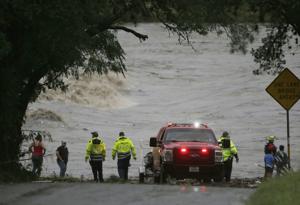
Widespread rainfall ranging from 4 to 8 inches, with some areas reporting as much as 15 inches, has inundated south-central Texas, leading to multiple fatalities and prompting flash flood emergencies. The National Weather Service has issued the most severe flood warnings for the region, highlighting the perilous conditions.
The deluge has primarily affected areas around San Antonio and Austin, causing rivers and creeks to overflow, submerging roads and trapping residents in their homes. Emergency services have been overwhelmed with calls for assistance, as rescue operations continue to be hampered by the ongoing severe weather conditions.
Impact and Response
The torrential rains have resulted in significant loss of life and property damage. Local authorities have confirmed multiple fatalities, although the exact number remains unconfirmed as rescue operations are ongoing. Governor Greg Abbott has declared a state of emergency, mobilizing state resources to aid in rescue and recovery efforts.
According to the National Weather Service, this level of rainfall is unprecedented for the region at this time of year. “The situation is dire,” a spokesperson stated, urging residents to remain indoors and avoid travel unless absolutely necessary.
Historical Context and Climate Patterns
Flash floods are not uncommon in Texas, a state known for its volatile weather patterns. However, the intensity and frequency of such events have raised concerns among climate scientists. Historically, the region has experienced severe flooding events, but recent years have seen an increase in both intensity and frequency, attributed to changing climate conditions.
In 2015, a similar event caused widespread devastation in the area, leading to a reevaluation of flood management strategies. Experts suggest that the current infrastructure may not be sufficient to handle the increasing severity of these weather events.
Expert Opinions and Future Implications
Climate experts warn that such extreme weather events could become more common as global temperatures rise. Dr. Emily Carter, a climatologist at the University of Texas, noted, “We are seeing a pattern where these once-in-a-century events are happening more frequently. It’s a clear indication that climate change is impacting our weather systems.”
According to the National Oceanic and Atmospheric Administration, the frequency of heavy rainfall events in the U.S. has increased by 20% over the past century.
The implications of these findings are significant, prompting calls for improved infrastructure and emergency preparedness. Local governments are urged to invest in better flood management systems and to develop comprehensive evacuation plans to mitigate future risks.
Community and Governmental Response
In the wake of the disaster, community organizations and local governments have rallied to provide support to those affected. Shelters have been set up in schools and community centers, offering refuge to displaced residents. Meanwhile, FEMA has been deployed to assist in coordinating the federal response.
The move represents a coordinated effort to address the immediate needs of the affected communities while planning for long-term recovery. Governor Abbott emphasized the importance of community resilience, stating, “Texans are known for their strength and unity in the face of adversity. Together, we will overcome this challenge.”
As rescue efforts continue, the focus will gradually shift towards recovery and rebuilding. The state government has pledged to work closely with federal agencies to ensure that resources are available for those in need.
The announcement comes as meteorologists predict continued rainfall in the coming days, raising concerns about further flooding. Residents are advised to stay informed through local news outlets and weather updates as the situation develops.





